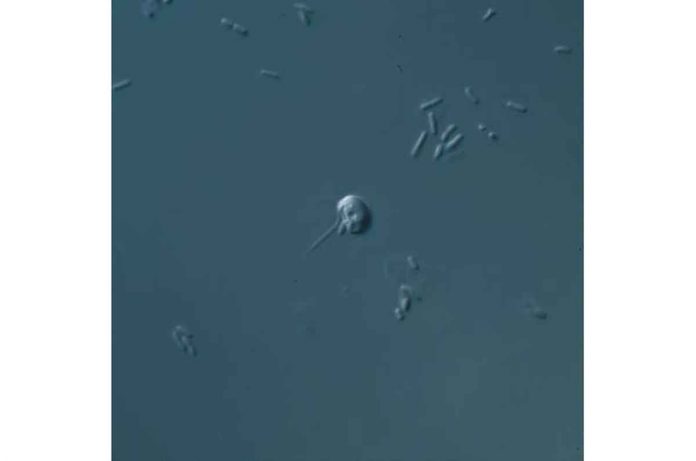2 metres of DNA must fit into a nucleus that is only 8 millionths of a metre wide in practically every human cell. The tremendous space challenge requires DNA to wrap around structural proteins called histones, much like wool around a spool. Chromatin is a coiled genetic architecture that protects DNA from harm and regulates gene expression.
Histones can be found in both eukaryotes, which are living organisms with specialized cellular machinery like nuclei and microtubules, and archaea, which are single-celled bacteria that are prokaryotic, meaning they lack a nucleus.
Enzymes modify histones in eukaryotic cells, constantly altering the genomic landscape to regulate gene expression and other genomic functions. Despite its critical role, the exact genesis of chromatin has remained a mystery.
Nature’s storage solution initially emerged in ancient bacteria living on Earth about 1–2 billion years ago, according to researchers at the Centre for Genomic Regulation (CRG). The findings were just published in the journal Nature Ecology and Evolution.
The researchers used information written in modern organisms’ genomes to travel back in time, grouping living forms based on the evolution of genes and proteins associated to chromatin. They looked at 30 distinct species from water samples collected in Canada and France. Modern gene-sequencing tools, which allow the identification of species by filtering DNA, were used to identify the bacteria. They were cultivated in the lab after that for proteome and genomic sequencing.
The researchers discovered that prokaryotes lack the machinery needed to change histones, implying that archaeal chromatin may have had a structural purpose but did not regulate the genome at the time. Researchers discovered proteins that read, write, and erase histone modifications in early-diverging eukaryotic lineages such as the malawimonadGefionellaokellyi, the ancyromonadFabomonastropica, and the disco ban Naegleria gruberi, which had never been sampled before.
“Our findings show that chromatin’s structural and regulatory functions are as old as eukaryotes themselves. These activities are critical for eukaryotic life—chromatin has never been lost in any life form since it originally arose “Dr. Xavier Grau-Bové, a postdoctoral researcher at the CRG and the study’s first author, agrees. “Thanks to the power of comparative analyses to identify evolutionary events that occurred billions of years ago, we are now a little closer to understanding its genesis.”
The researchers used the sequence data to rebuild the gene repertoire of the Last Eukaryotic Common Ancestor, the cell that gave rise to all eukaryotes. This living organism, which possessed thousands of histone-modifying genes, lived on Earth between 1–2 billion years ago, when it was believed to be 4.5 billion years old. According to the researchers, chromatin formed in this microbe as a result of selective forces in Earth’s primordial environment.
Dr.ArnauSebe-Pedrós, a CRG researcher and the study’s principal author, points out that “Viruses and transposable elements are genomic parasites that target single-celled organisms’ DNA on a daily basis. This could have triggered an evolutionary arms race to defend the genome, leading to the formation of chromatin as a defensive mechanism in the cell that gave rise to all known eukaryotic life on Earth. These systems were later co-opted into complex gene control, as seen in modern eukaryotes, especially multicellular organisms.”
Future research could look at the evolution of histone-modifying enzymes in Asgardian archaea, which are bacteria named after a mythological region inhabited by Norse gods and are commonly regarded as an evolutionary stepping stone between archaea and eukaryotes, according to the study’s authors. Some Asgardian microorganisms, such as Lokiarchaeota, have histones with eukaryotic-like characteristics, which could be the product of convergent evolution, according to the researchers.

